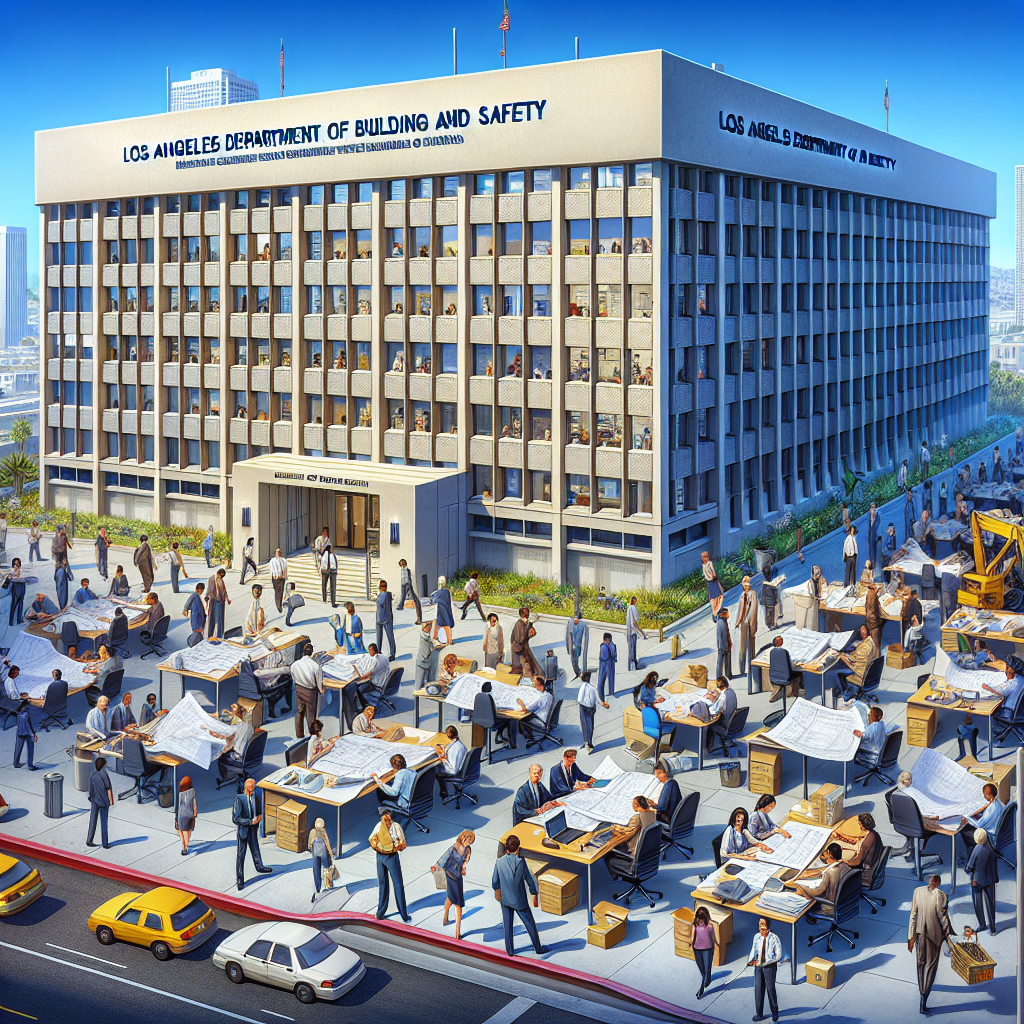Building in Los Angeles is a complex task. It requires a deep understanding of the city’s specific building codes.
These codes are not just rules to follow. They are crucial for ensuring the safety and integrity of structures.
The Los Angeles Department of Building and Safety (LADBS) enforces these codes. They ensure that all buildings meet the required standards.
Non-compliance can lead to serious consequences. These include fines, legal action, and even demolition.
This article aims to guide you through the complexities of LA building codes. It will provide you with the knowledge to navigate the process of ensuring compliance.
Whether you’re a property owner, builder, architect, or contractor, this guide will be a valuable resource. It will help you understand and adhere to LA’s building and safety regulations.
Understanding LA Building Code Compliance
Building code compliance in Los Angeles is about adhering to the set standards and regulations. These codes cover various aspects of construction, including structural integrity, fire safety, and accessibility.
Compliance is not just about following rules. It’s about ensuring the safety, health, and welfare of the public. It also plays a significant role in disaster preparedness and resilience, making it a critical aspect of any construction project.

The Role of Los Angeles Department of Building and Safety (LADBS)
The Los Angeles Department of Building and Safety (LADBS) is the primary agency responsible for enforcing building codes in the city. They ensure that all construction projects, both residential and commercial, comply with the established standards.
LADBS also provides resources and guidance to help builders, architects, and property owners understand and meet the requirements. They play a crucial role in maintaining the safety and integrity of LA’s built environment.
Navigating LA Building and Safety Regulations
Understanding LA’s building and safety regulations can be a complex task. These rules cover a wide range of aspects, from structural integrity to fire safety, and from plumbing to electrical systems.
Here are some key points to consider:
- Stay updated with the latest building codes and amendments.
- Understand the specific requirements for your type of project (residential, commercial, etc.).
- Consult with professionals or LADBS officials for guidance.
- Use online resources provided by LADBS for better understanding.
- Consider the impact of your project on the environment and community.
Obtaining Building Permits in Los Angeles
Before starting any construction or renovation project in LA, obtaining the necessary building permits is crucial. These permits ensure that your project complies with the local building codes and safety regulations.
Here are some steps to follow:
- Submit your project plans to the Los Angeles Department of Building and Safety (LADBS).
- Pay the required fees.
- Wait for the review of your plans by LADBS officials.
- If approved, you will receive your permit.
- If not, you may need to revise your plans according to the feedback provided.
Remember, working without a permit can lead to penalties and legal action.
The Inspection Process and Ensuring Your Project Passes
Once you have your permit, the next step is the inspection process. This is where LA building and safety officials check your project for compliance with the approved plans and building codes.
During the inspection, officials will look for any deviations from the approved plans. They will also check the quality of the work and the materials used. If your project passes the inspection, you can proceed with the next phase of construction. If not, you will need to correct the issues identified and request a re-inspection.
Avoiding Common Building Code Violations in LA
To avoid common building code violations in LA, it’s crucial to understand what these violations typically are. Most violations occur due to lack of knowledge or oversight during the construction process.Here are some common violations to watch out for:
- Incorrect or inadequate structural design
- Non-compliant electrical, plumbing, or mechanical installations
- Failure to obtain necessary permits
- Use of non-approved or substandard materials
- Non-compliance with fire safety regulations
- Violations of zoning laws
By being aware of these common pitfalls, you can take steps to ensure your project remains compliant throughout the construction process.
Consequences of Non-Compliance with LA Building Codes
Non-compliance with LA building codes can lead to serious consequences. These can range from fines and penalties to legal action, depending on the severity of the violation.
In some cases, non-compliance can result in the suspension or revocation of building permits. This can delay construction projects and increase costs. In extreme cases, buildings may be deemed unsafe and ordered to be vacated or demolished. Therefore, it’s crucial to ensure compliance with LA building codes at all stages of your project.

Resources for Understanding LA Building Code Requirements
The Los Angeles Department of Building and Safety (LADBS) provides numerous resources to help understand LA building code requirements. These include online guides, checklists, and FAQs. Additionally, the LADBS website offers access to the full text of the LA building code and recent updates.
The Importance of Licensed Professionals in Code Compliance
Hiring licensed professionals is crucial for ensuring building code compliance. These experts have a thorough understanding of LA building codes and can guide the construction process accordingly. They can help avoid costly mistakes, ensure safety, and streamline the permit and inspection processes.
Staying Up-to-Date with LA Building and Safety Regulations
Keeping abreast of the latest LA building and safety regulations is essential. Changes and updates can occur frequently, and non-compliance, even if unintentional, can lead to penalties. Regularly checking the LADBS website and subscribing to relevant newsletters can help stay informed.
Case Studies: Success Stories in LA Code Compliance
Case studies provide valuable insights into the practical aspects of building code compliance. They highlight the strategies employed by successful projects to meet LA’s stringent building codes. For instance, a recent residential development in LA Quinta was lauded for its innovative design that adhered to all local and state building codes.
In another instance, a commercial project in LA Habra successfully navigated the complex process of permit acquisition, inspections, and final approval. These success stories underscore the importance of understanding and adhering to LA building and safety regulations.

Leave a Reply